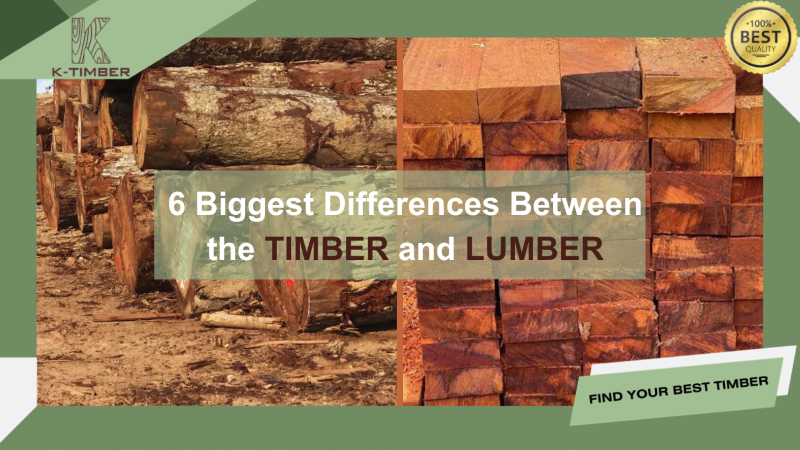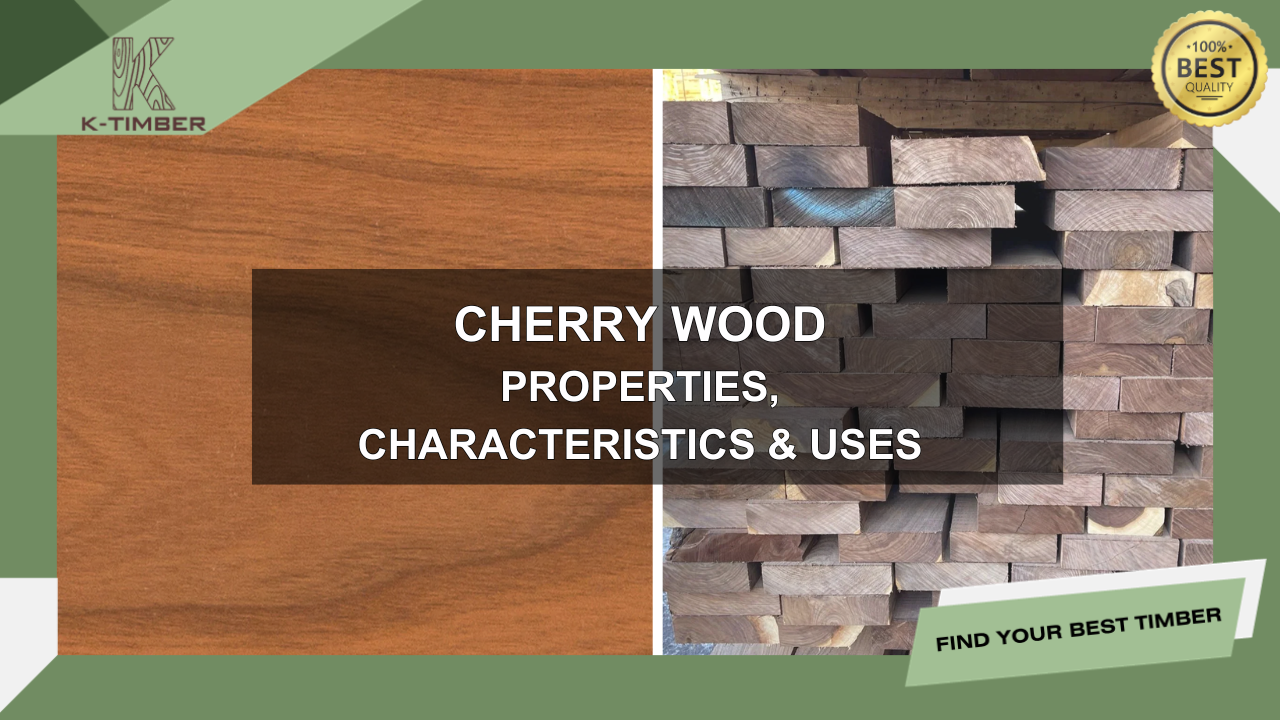Mahogany wood (also known as Swietenia) is a premium hardwood renowned for its unique color, beautiful grain, and ability to withstand harsh environmental conditions. This type of wood is highly favored in the furniture and construction industries, offering a perfect combination of aesthetics and exceptional features. Let’s explore in detail the outstanding characteristics, key properties, and common uses of mahogany wood.
Table of Contents
Overview of Mahogany Wood
Origin of Mahogany Wood
Mahogany wood is predominantly found in the tropical forests of Central America, South America, and Africa. It has been harvested and utilized for centuries, particularly in shipbuilding, construction, and furniture making. The scientific name for mahogany is Swietenia, and it belongs to the Meliaceae family.
Today, mahogany is classified into three main types:
- Bigleaf Mahogany (Swietenia macrophylla): Found in Central and South America, this is the larger variety of mahogany with a beautiful grain and even color, often used in high-end furniture.
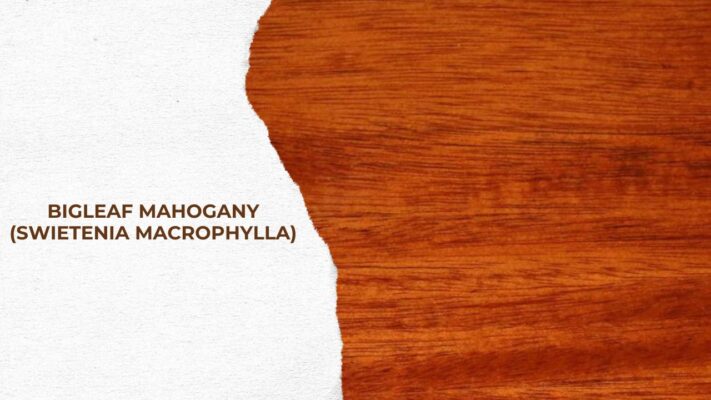
Bigleaf Mahogany (Swietenia macrophylla) - Caribbean Mahogany (Swietenia mahagoni): Native to the Caribbean region, this type is known for its high durability and is mainly used in construction and shipbuilding.

Caribbean Mahogany (Swietenia mahagoni)
- African Mahogany (Khaya spp.): African mahogany is more commonly available on the market due to its large supply and affordable price.
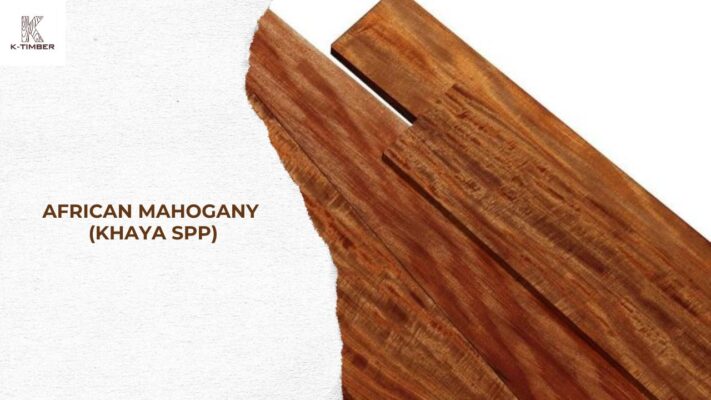
African Mahogany (Khaya spp)
Identifying Mahogany Wood
Mahogany wood ranges in color from light brown to deep red, and it darkens over time, enhancing its aesthetic value. Its grain is typically straight and fine, sometimes featuring subtle waves that give it a luxurious and elegant appearance. When polished, the surface of mahogany wood becomes smooth and glossy, further emphasizing its refined beauty.
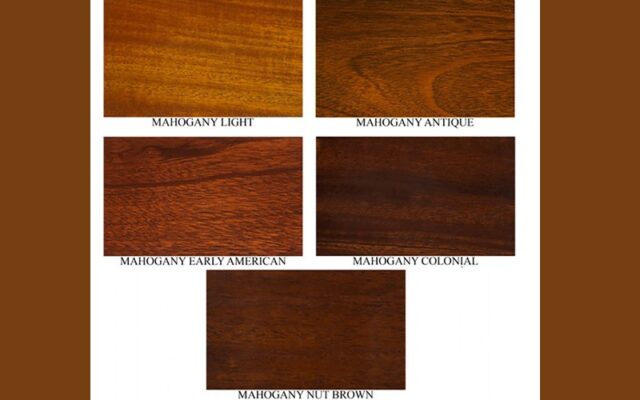
Sustainability of Mahogany
Due to high demand, mahogany, particularly from South and Central America, has faced over harvesting risks. To protect this valuable resource, many countries have implemented strict regulations on harvesting and reforestation. Ensuring that mahogany is sustainably sourced not only helps protect the environment but also preserves the long-term commercial value of this wood.

Key Characteristics of Mahogany Wood
Color and Grain
The color of mahogany is what sets it apart from many other types of wood. Its deep reddish-brown tone, combined with straight, fine grain, gives it a sophisticated and timeless look. Over time, the wood darkens, which enhances its classic and stately appearance.
Mahogany’s straight grain and minimal warping make it ideal for machining and finishing processes. For those who appreciate meticulous craftsmanship and flawless details in furniture, mahogany is an ideal choice.
Exceptional Durability
Mahogany is renowned for its outstanding durability and resistance to harsh environmental conditions, such as humidity, temperature fluctuations, and insect damage. With a density ranging from 600 to 850 kg/m³, mahogany is not only strong but also offers excellent load-bearing capacity. This makes it a top choice for construction projects requiring high durability, such as doors, staircases, and flooring.

Additionally, mahogany’s natural resistance to termites makes it ideal for use in humid environments, such as windows or flooring in tropical or coastal areas.
Mechanical Properties
Mahogany exhibits excellent stability, with a low shrinkage rate. It doesn’t easily deform when exposed to changes in temperature and humidity, which is a key factor in ensuring that mahogany retains its shape and durability over time, requiring minimal maintenance or repairs.
Resistance to Termites and Rot
One of the most valuable features of mahogany is its natural resistance to termites. This is especially important in tropical climates, where termites often pose a significant threat to other types of wood. In addition, mahogany has exceptional resistance to decay, which significantly increases the lifespan of products made from this wood, particularly when used in outdoor structures.
Easy to Work With and Finish

Although mahogany is a hardwood, it is surprisingly easy to work with. Its fine grain allows for intricate detailing without much difficulty. When polished and finished, mahogany takes on a smooth, glossy surface, greatly enhancing the visual appeal of any product.
Find more: Sapele wood vs Mahogany wood: What’s the difference?
Applications of Mahogany Wood in Daily Life
High-End Furniture Production
Thanks to its striking characteristics in terms of color, durability, and grain, mahogany is frequently used to create high-end furniture such as tables, chairs, wardrobes, bookshelves, and beds. Due to its strength and long-lasting nature, mahogany furniture can maintain its beauty and value across generations.

Musical Instrument Manufacturing
Mahogany is also highly valued in the production of musical instruments, particularly guitars and pianos. The sound produced by mahogany wood tends to be warm, resonant, and clear, enhancing the musical quality of these instruments. For music lovers, mahogany instruments provide an outstanding playing experience, not only for their sound but also for the wood’s natural beauty.

Boat and Ship Construction
Historically, mahogany has been widely used in shipbuilding. Its water resistance and ability to resist rot made it an ideal material for boats and ships. Although modern materials have replaced mahogany in many instances, it remains a favored choice for building luxury boats or high-end vessels due to its beauty and durability.

Read more: 6 Best Types of Wood For Boat Building
Applications in Construction
Mahogany is widely used in construction, especially in projects requiring high aesthetic standards, such as doors, windows, flooring, and staircases. These products are not only durable but also add a touch of sophistication and elegance to any space.
Flooring and Door Manufacturing
Due to its durability and high aesthetic value, mahogany is popular for flooring and door manufacturing. In addition to being tough, mahogany also enhances the elegance and luxury of interior spaces.
Buying Mahogany Wood from K-Timber
If you are looking for a premium-quality wood that offers both exceptional durability and aesthetic value, mahogany wood from K-Timber is the perfect choice. We supply high-quality mahogany sourced from Africa, ensuring both legality and competitive pricing, starting from just $500 per cubic meter.
At K-Timber, we guarantee:
- Top-quality wood: Our mahogany is carefully selected from reputable sources in Africa.
- Legal sourcing: K-Timber imports and distributes wood with verified legal documentation.
- Professional service: Our experienced team is always ready to assist and provide consultation to help customers find the right type of wood for their needs.
Conclusion
Mahogany wood offers a perfect blend of natural beauty, durability, and timeless aesthetic appeal. If you’re considering using this wood for your interior design or construction projects, don’t hesitate to contact K-Timber for expert advice and the best pricing.



![[K-Timber] Blog Post Boder-3](https://k-timbers.com/wp-content/uploads/2024/06/K-Timber-Blog-Post-Boder-3.png)



